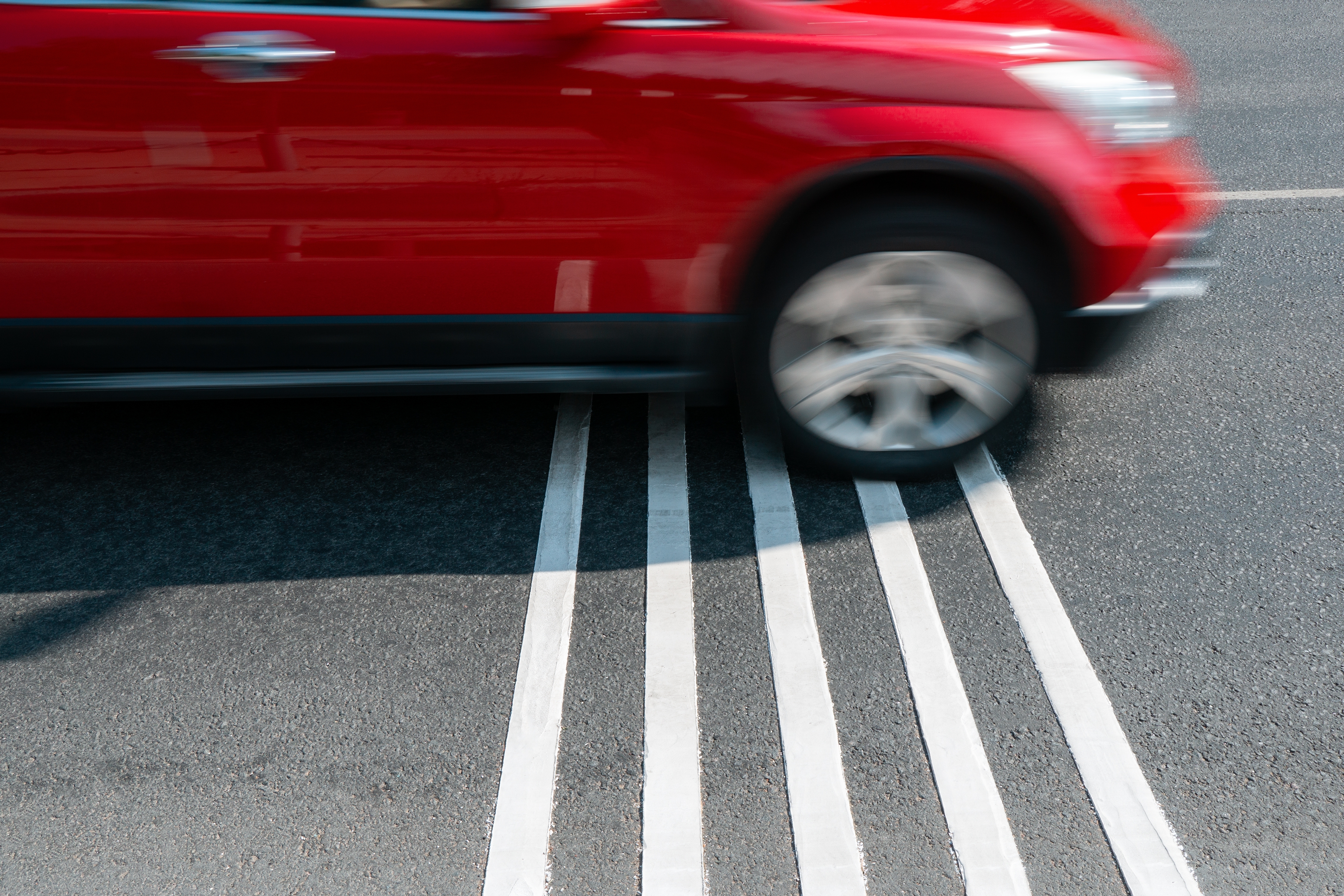
13% of the drivers killed in traffic accidents last year had been using cocaine
- The figures are alarming: 13% of all drivers killed in traffic accidents in 2022 tested positive for cocaine. This proportion has increased by 54% over the last decade.
- The figures are even more worrying for positive drug tests, with 52% of tests conducted by the Civil Guard in 2023 returning positive results for drugs, with 19% being positive for cocaine.
- Drivers involved in accidents after taking cocaine are usually men aged 35 to 54 driving a car or riding a motorbike. Accidents usually happen at times of leisure activity, such as at night, during the summer and at the weekend. The main types of accidents are overturning, head-on collisions and hitting obstacles.
- 2.24 million Spaniards admit to having driven after taking cocaine, which they take mainly "to have a good time” (59%). And 4.3 million motorists (16%) confess to having got into a vehicle with a driver who had been using cocaine.
- Around 40% of drivers who take cocaine do so in combination with other substances, mainly alcohol (74%), marihuana (26%) and hashish (19%). And 21% of motorists who consume cocaine take it every week.
- The Autonomous Communities (excluding the Basque Country and Catalonia) with the highest proportion of positive tests for cocaine by the Civil Guard are Galicia, the Balearic Islands and Andalusia. The smallest proportions are in La Rioja, Navarra and Aragon.
Madrid, 18 June 2024. - Coke, blow, snow, nose candy, C... The slang names for cocaine are as numerous and widespread as its consumption in Spain, which, according to the European Monitoring Centre for Drugs and Drugs Addiction, is second only to the United Kingdom for regular consumption of cocaine in Europe. Cocaine is not just addictive and very harmful to physical and mental health, it is also one of the most dangerous substances for driving. This is so obvious it would not count as news if it were not for how widespread use of this drug is in Spain, including on the roads.
The figures are shocking: according to official figures from the National Institute of Toxicology and Forensic Science (INTCF), in 2022, 13% of drivers who died in traffic accidents who were tested for drugs were found to be positive for cocaine. This proportion has increased by 54% over the last decade. In addition, 52% of drivers who died on the road - i.e. more than half - tested positive for drugs, alcohol or psychotropic drugs. These alarming figures highlight the need for a zero tolerance policy for this type of irresponsible behaviour, which has a significant impact on road fatality statistics every year.
The type of driver who dies in traffic accidents after taking cocaine is also a little surprising and defies the clichés. The most common cocaine users are not young people but mostly men between 35 and 54, mainly driving cars or on motorbikes. Accidents usually happen at times of leisure activity, such as at night, during the summer and at the weekend. The main types of accidents are overturning, head-on collisions and hitting obstacles.
These are some of the main conclusions of the study “STOP COCAINE: a deadly addiction. Presence and influence of cocaine in traffic accidents (2013-2022)”, presented today by Línea Directa Foundation and prepared with the Spanish Road Safety Foundation (FESVIAL). The report also included a survey of 1,700 drivers from all over the country, in which the motorists gave their opinion on the relationship between driving and cocaine, revealing their drug consumption habits and suggestions for dealing with this serious problem.
Civil Guard testing
The results of testing by the Civil Guard's Traffic Unit throughout Spain (excluding the Basque Country and Catalonia, which manage these issues themselves) are even more shocking. The figures are very worrying as 52% of the over 100,000 tests by the Civil Guard in 2023 were positive for drugs, with cocaine being detected in 19%. These figures are much higher than those obtained by the National Institute of Toxicology and Forensic Science.
The percentages of positive tests vary considerably depending on the context. In the case of accidents, 26% tested positive for drugs, while in traffic offences the figure was 50%. However, in preventive checks 56% tested positive. The most common drugs in these tests were cannabis (39%), followed by cocaine (19%) and amphetamines (8%). Cocaine is now the most common drug among drivers who die in fatal traffic accidents in Spain and the second most common in Civil Guard checks.
Positive cocaine tests by region
If we rank positive tests by Autonomous Community (excluding the Basque Country and Catalonia), the regions with the highest proportion of drivers who take cocaine are Galicia (25%), the Balearic Islands (22%) and Andalusia (21%), all of which are significantly higher than the national average of 19%. At the other end of the spectrum, we have La Rioja (10%), Navarra (10%) and Aragon (14%), all of which are below the national average.
What do Spaniards think about driving and cocaine?
Based on the official figures produced by the National Institute of Toxicology and Forensic Science and the Civil Guard's Traffic Unit, it seems that Spaniards are not as honest as they should be when asked whether they have driven after taking cocaine.
Even so, the percentage of drivers who admit to this behaviour is still considerable, with 2.24 million Spanish drivers (8%) admitting they have done this at some time, with 21% of these consuming it every week. 38% of the drivers admit they have mixed cocaine with other substances, mainly alcohol, and 4.3 million (almost 16%) admit they have, at some time, got into a car with a driver who had taken cocaine.